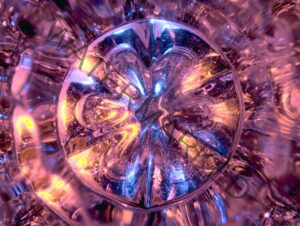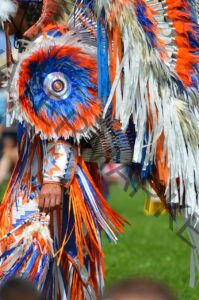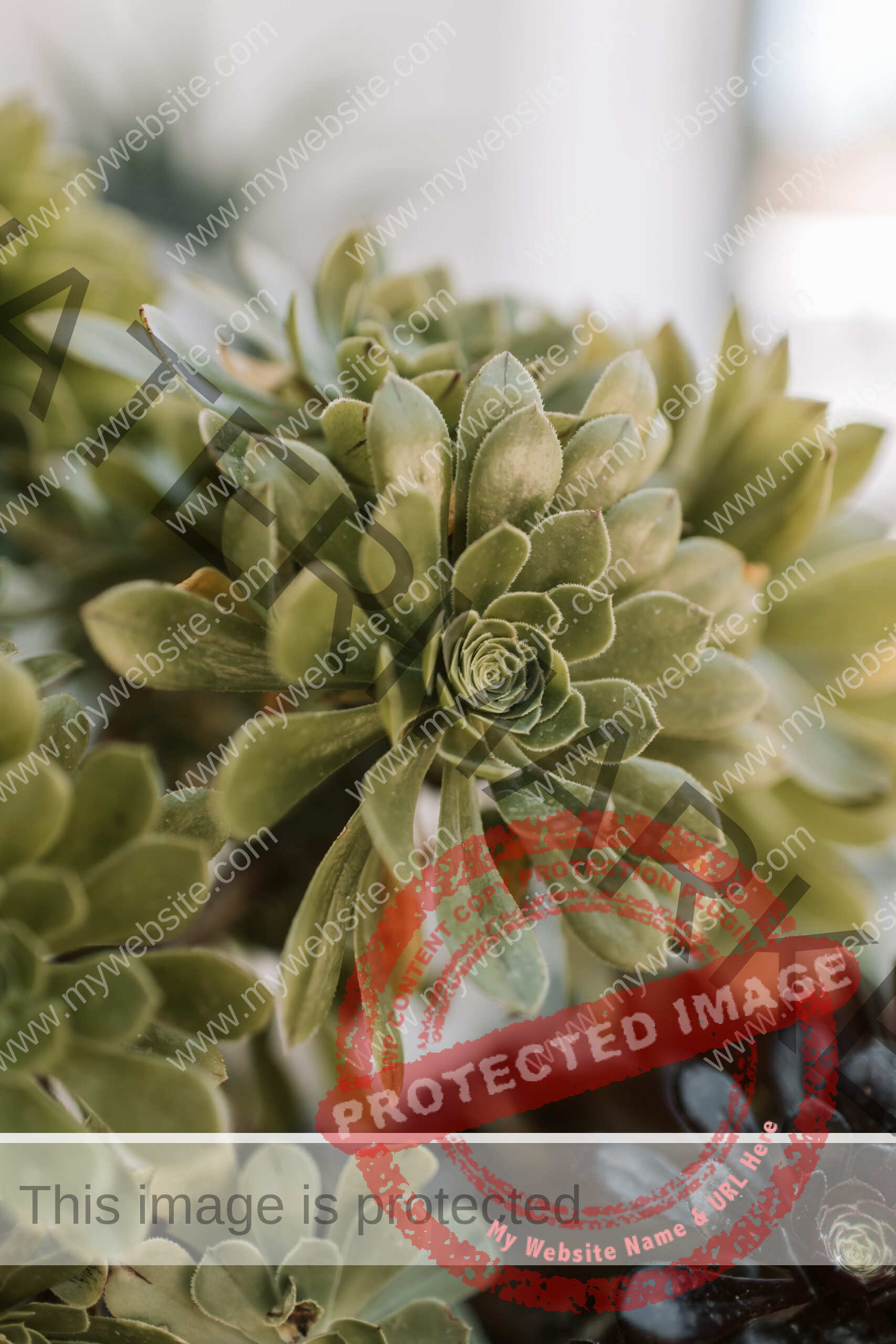
A Journey of Transformation: Ibogaine vs. Ayahuasca
30 May 2023
Introduction:
In the realm of alternative medicine and spiritual exploration, ibogaine and ayahuasca have gained significant attention. Both substances are known for their profound effects on consciousness and their potential to facilitate healing and personal growth.
In this blog, we will delve into the captivating worlds of ibogaine and ayahuasca, exploring their origins, unique properties, and potential benefits. While each substance offers distinct experiences, it is essential to approach the topic with an open mind, embracing the transformative potential of both ibogaine and ayahuasca. For information on the differences between ayahuasca and DMT or psilocybin click the hyperlinks.
Origins and Cultural Significance:

Ibogaine:
Ibogaine, a psychoactive compound derived from the root bark of the Tabernanthe iboga plant, has been used for centuries in the spiritual practices of the Bwiti tradition in Central Africa.
This indigenous ceremony is deeply rooted in their cultural and spiritual heritage, utilizing ibogaine as a means of connecting with ancestors, facilitating introspection, and initiating individuals into adulthood.

Ayahuasca:
Ayahuasca, on the other hand, is a powerful brew created from the combination of Banisteriopsis caapi vine and the leaves of the Psychotria viridis plant.
Indigenous communities in the Amazon basin, such as the Shipibo-Conibo and the Santo Daime, have long incorporated ayahuasca into their shamanic rituals, perceiving it as a sacred medicine that grants access to spiritual realms and helps individuals navigate their inner landscapes.
Mechanisms of Action:

Ibogaine:
Ibogaine acts primarily as a potent dissociative and psychedelic substance. It interacts with various neurotransmitter systems in the brain, particularly serotonin and dopamine receptors.
Its unique mechanism of action is believed to contribute to its potential therapeutic effects, which include interrupting addiction pathways and providing deep introspection and emotional healing (Noller et al., 2017).

Ayahuasca:
Ayahuasca contains the powerful psychedelic compound dimethyltryptamine (DMT) along with the harmala alkaloids present in the Banisteriopsis caapi vine.
The harmala alkaloids inhibit the breakdown of DMT in the body, allowing it to be absorbed and interact with serotonin receptors in the brain.
Ayahuasca ceremonies often lead to profound visions, intense emotions, and a deep connection to one’s inner self and the surrounding universe.
Therapeutic Potential:

Ibogaine:
Ibogaine has gained recognition for its potential in treating substance use disorders, particularly opioid addiction. It has shown promise in interrupting addictive patterns, alleviating withdrawal symptoms.
This provides individuals with a transformative experience that helps them confront the underlying issues driving their addictive behaviours (Noller et al., 2017).
Additionally, ibogaine may offer benefits for mental health conditions such as depression, anxiety, and post-traumatic stress disorder (PTSD) (Köck et al., 2021).

Ayahuasca:
Ayahuasca has been associated with numerous therapeutic benefits, including spiritual growth, emotional healing, and the resolution of past traumas (Frecska et al., 2016).
Many individuals report experiencing profound insights, increased self-awareness, and a sense of unity with the world around them.
Ayahuasca ceremonies often provide a unique opportunity for deep introspection and the exploration of one’s psyche, allowing participants to gain clarity, release emotional baggage, and cultivate a greater sense of purpose and interconnectedness.
Safety Considerations:

Ibogaine:
While ibogaine holds significant potential as a therapeutic tool, it is important to recognise the potential risks associated with its use.
The substance can cause cardiovascular complications, and it should only be administered under medical supervision in a controlled environment to minimise the risks.
Individuals with certain medical conditions, such as heart disease or liver problems, may not be suitable candidates for ibogaine therapy.

Ayahuasca:
Ayahuasca ceremonies typically take place in a controlled and supportive environment facilitated by experienced practitioners.
However, it is important to approach ayahuasca with caution, as it can potentially trigger intense psychological and emotional experiences.
Individuals with a history of mental health conditions should seek guidance from trained professionals and disclose their medical history before participating in an ayahuasca ceremony.

Conclusion:
In the exploration of ibogaine vs. ayahuasca, it becomes evident that both substances offer profound potential for personal transformation and healing.
Ibogaine’s focus on addiction interruption and emotional healing makes it a promising tool in overcoming substance abuse disorders, while ayahuasca’s spiritual and introspective nature facilitates self-discovery, emotional healing, and expanded consciousness.
However, it is crucial to approach both substances with respect, ensuring proper guidance and supervision to maximise their benefits while minimising potential risks.
By embracing the unique qualities of ibogaine and ayahuasca, individuals have the opportunity to embark on transformative journeys that can catalyse personal growth, healing, and self-discovery.
Whether one chooses ibogaine or ayahuasca, the journey into the depths of consciousness and the exploration of the human experience are bound to offer profound insights and lasting positive changes.
Remember, the decision to engage with either ibogaine or ayahuasca should be made after thorough research, consultation with professionals, and personal introspection.
Both substances hold great potential for growth and healing, but the journey ultimately depends on an individual’s readiness, intention, and willingness to embrace the transformative power of these ancient medicines.


